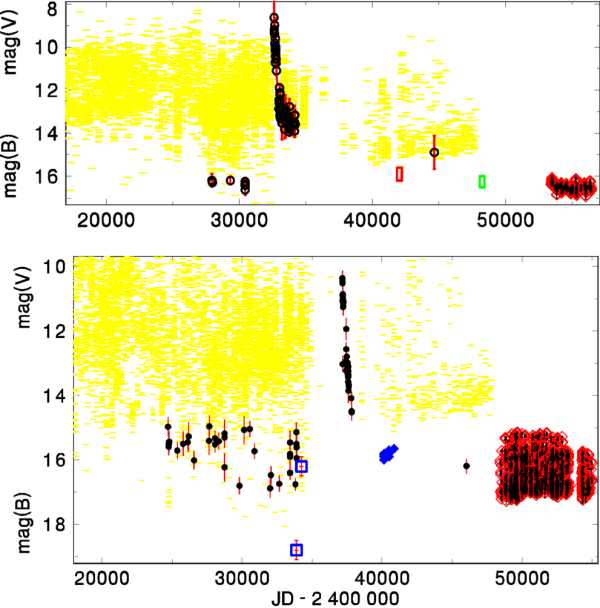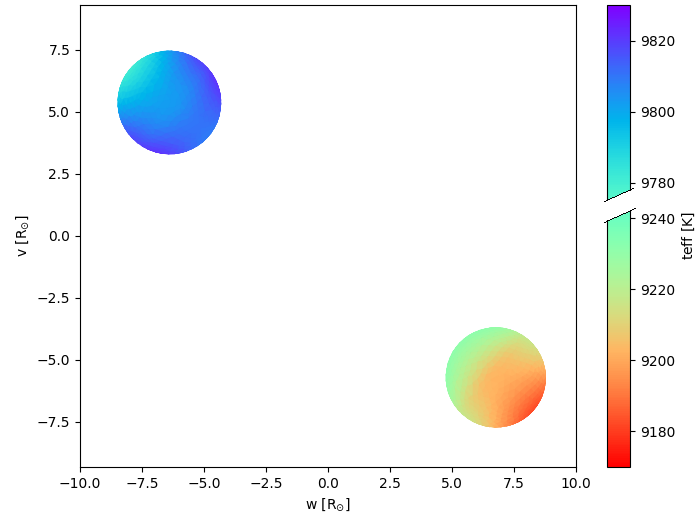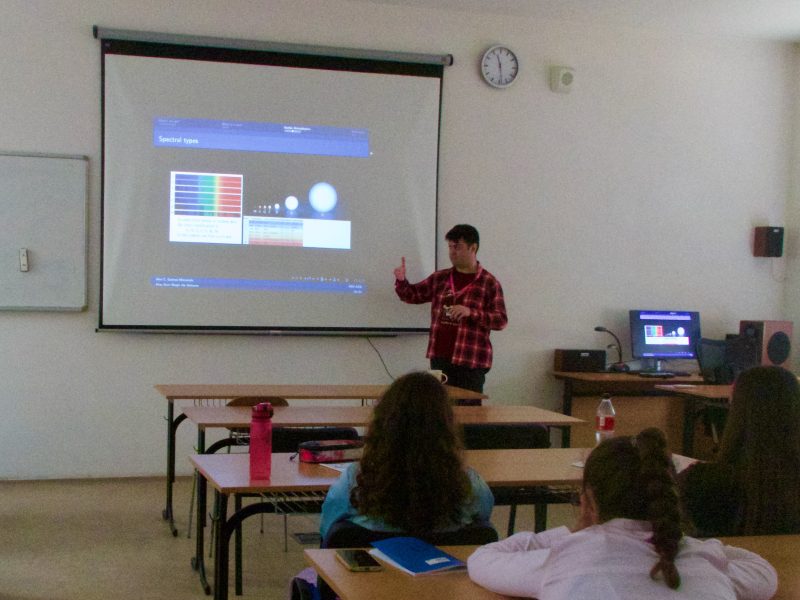A nova explosion is one of the phenomena in the sky that can surprise many astronomers. The most valuable examples are those for which there are long-term observations before and after the explosion. Two such systems have been studied in an article published in the Astronomical Journal by Vojtěch Šimon of ASU’s Stellar Department.
Abstract
We show a relation of the pre- and post-nova activity of CT Ser (nova 1948) and V446 Her (nova 1960), known to have remarkably similar orbital periods Porb. We use both photographic and CCD photometric observations. Post-nova CT Ser shows a nova-like high-state activity with only a slight decrease of absolute magnitude Mopt. In the interpretation, its Mopt is above the region of the thermal-viscous instability (TVI) regime, so the disk is ionized out to its outer rim, similarly to before its classical nova (CN) outburst. On the contrary, V446 Her started its CN outburst from the TVI regime. Extensive changes in activity type in years after CN outburst were observed in V446 Her. The features consistent with the dwarf-nova outbursts appeared at most three decades after the end of the CN outburst. It suggests that its disk transitioned into the TVI region in that it was before its CN outburst. The pre-nova and post-nova states of activity did not change significantly for a given system, except for several decades after the CN outburst. Even pre-novae and post-novae with mutually similar Porb, hence secondary star (donor) spectral types and dimensions and disk radii, can show largely discrepant Mopt and disk states in the similar epochs (several decades) surrounding the CN outburst.
Image
Long-term activity (from pre-nova to post-nova) of CT Ser. Data from several databases were merged: DASCH (Grindlay et al. 2012; circles for detections, short horizontal lines for upper limits), and CRTS (Drake et al. 2009; empty diamonds). The error bars of the data points are marked. The oblong near JD 2,442,000 refers to the Palomar Green Survey (Green et al. 1986). The oblong near JD 2,449,000 represents the flux level of the spectra (Ringwald et al. 1996).
- ASU : Na čem pracujeme: Aktivita CT Serpentis a V446 Herculis před a po výbuchu novy (M. Švanda, web ASU)
- V. Šimon, Relation between Long-term Activity and Luminosity of the Pre- and Post-novae CT Ser and V446 Her, Astrophysical Journal 165 (2023) id. 102
- Contact: RNDr. Vojtěch Šimon, Ph.D., simon@asu.cas.cz



